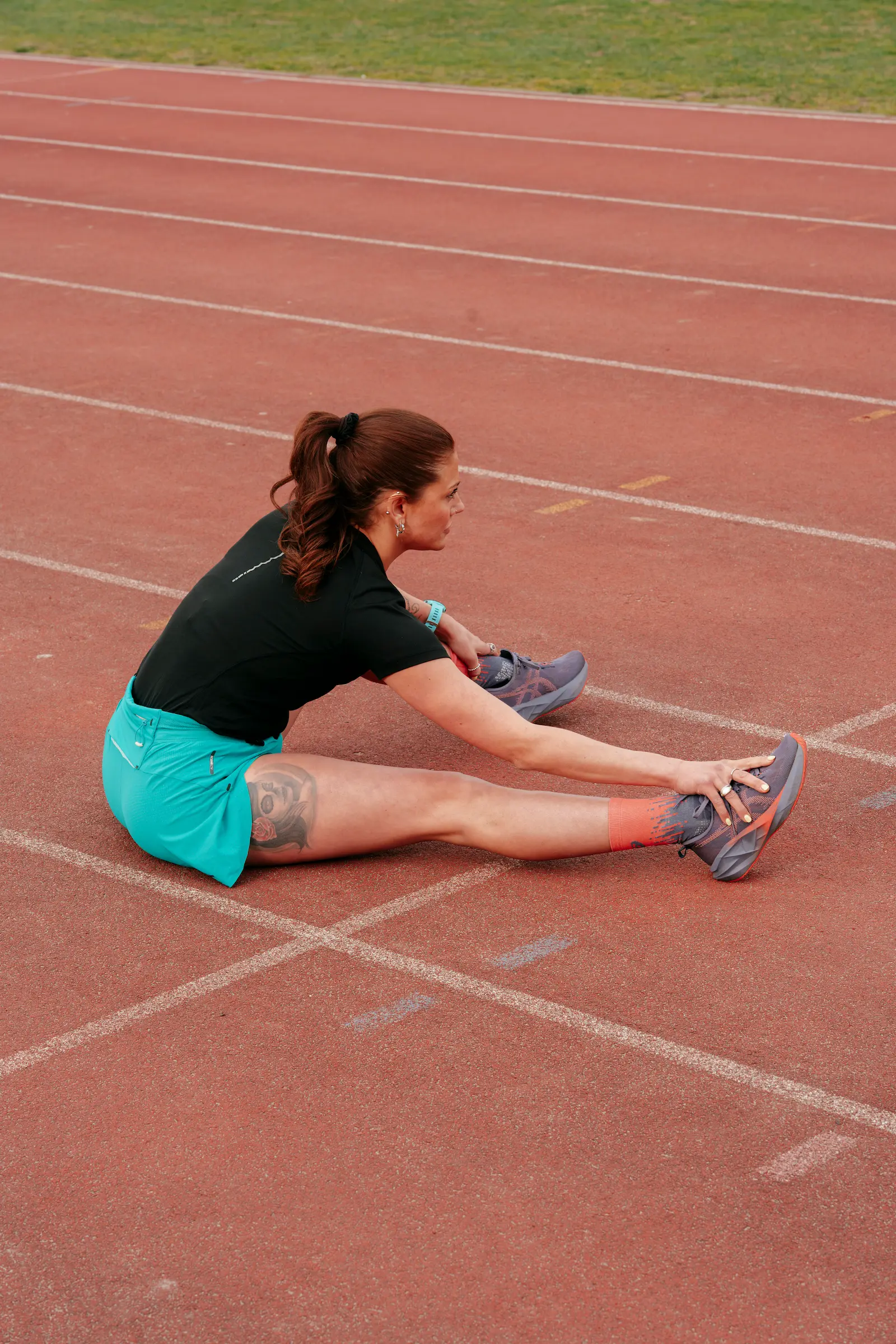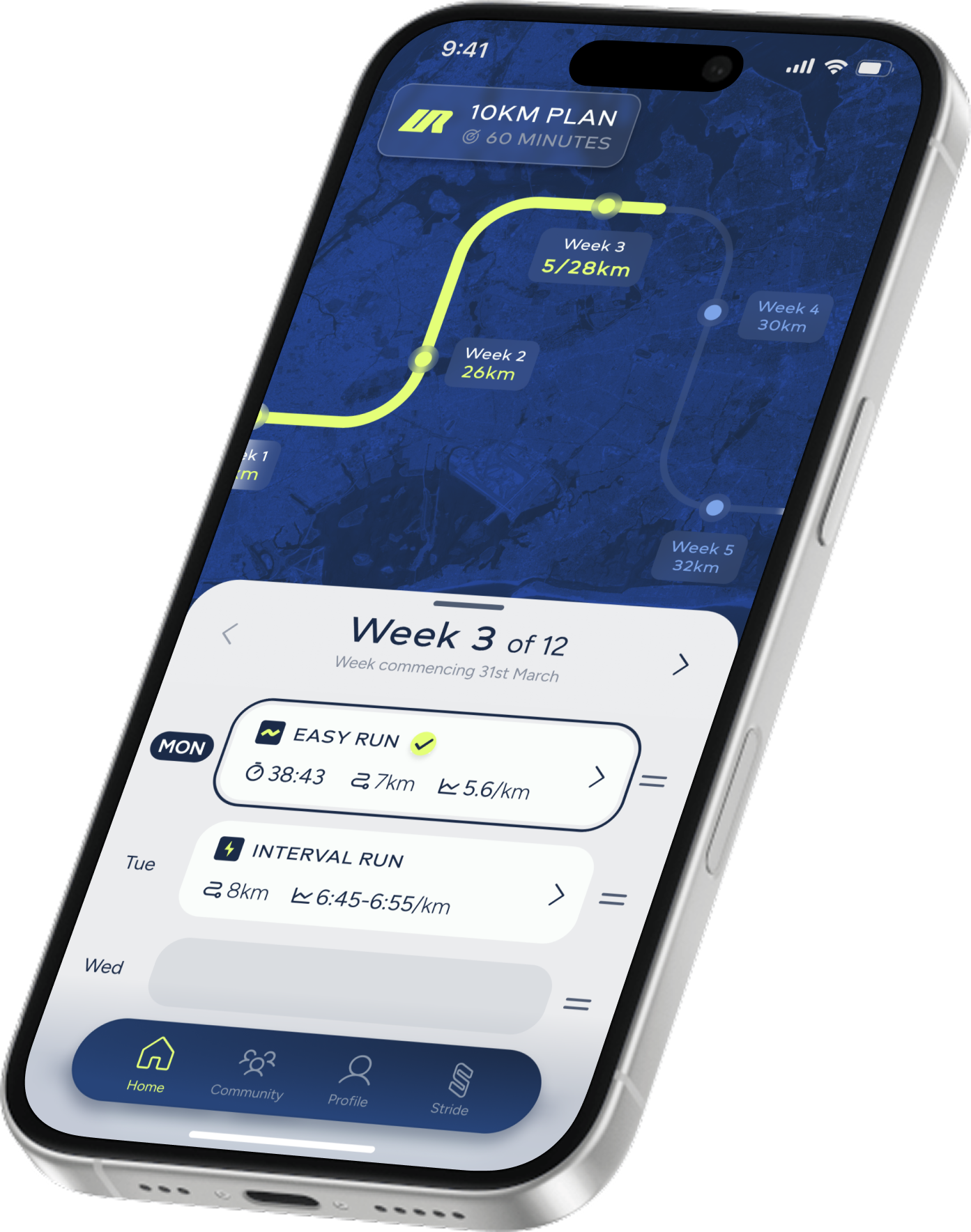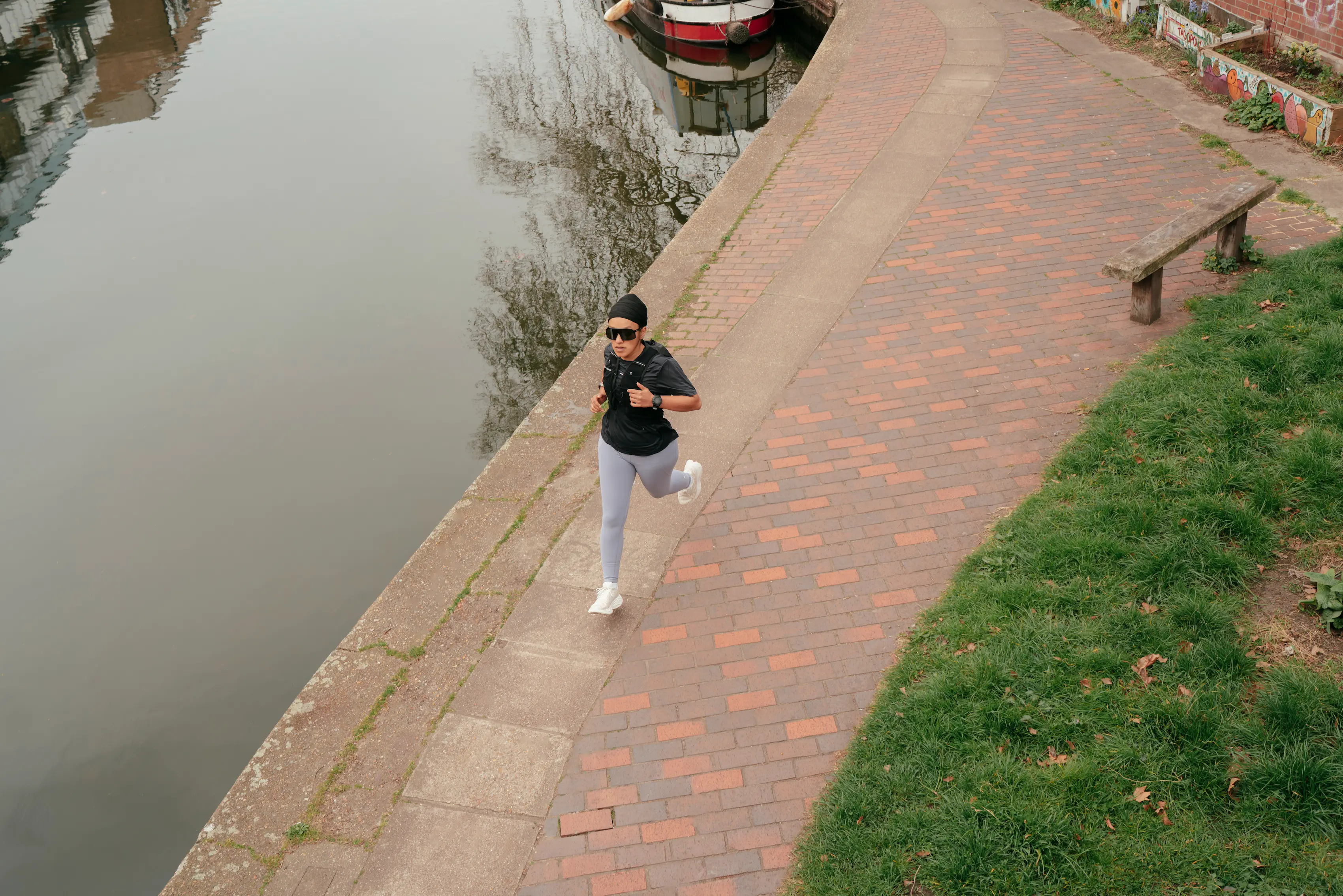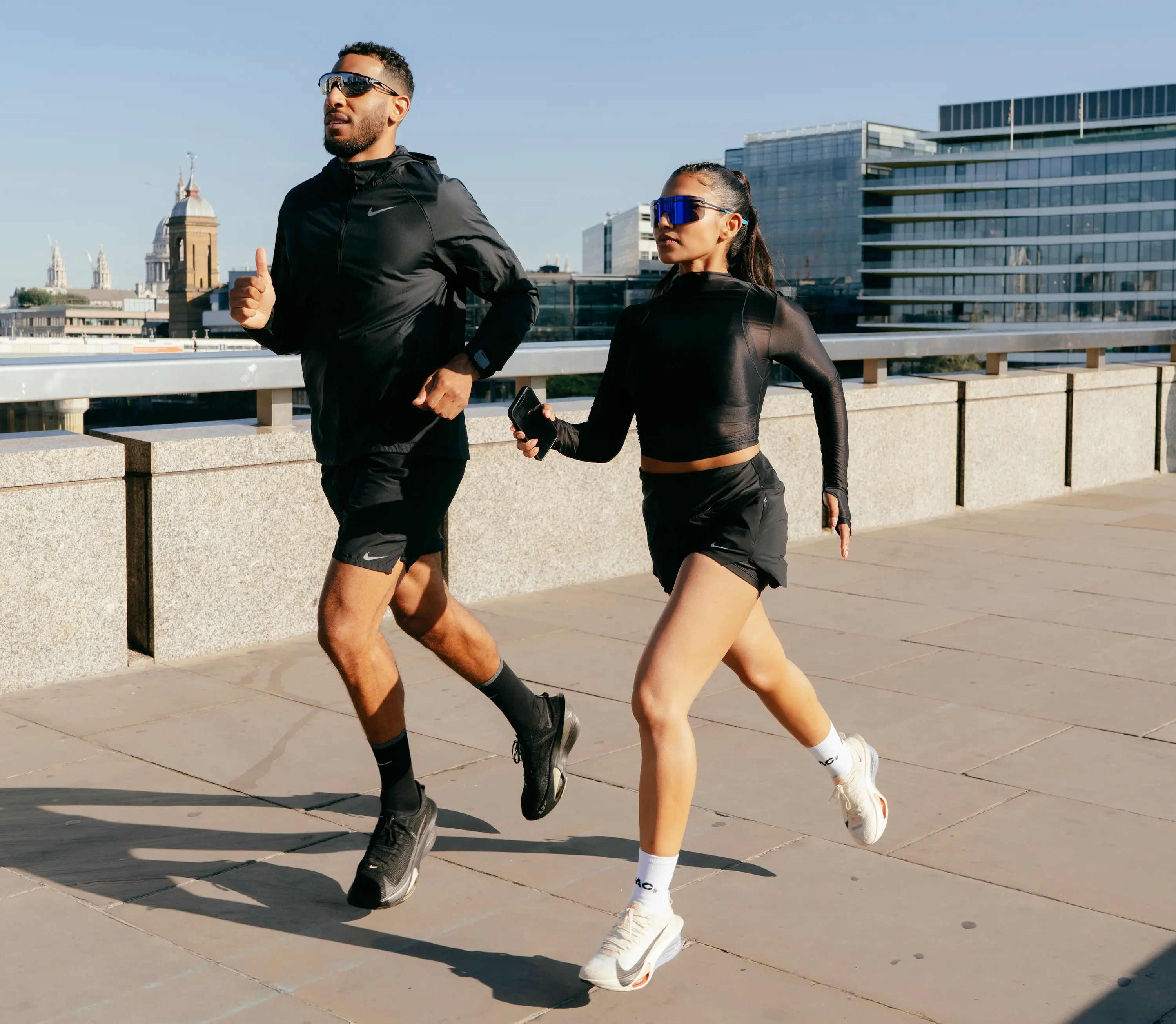A forced break due to injury is tough for any dedicated runner.
You've been sidelined – when all you want to do is lace up and get outside again.
It’s hard. Really, really hard.
Getting back on track after an injury isn't always straightforward.
But with the right approach and patience, you can make a strong, safe comeback.
Here's URUNN's guide to hitting your stride again – without rushing the process.
Get the green light
Before you even consider getting back on the road, the most important thing is securing the professional go ahead.
Whether it's a physiotherapist, your GP, or another trusted healthcare provider, ensure you’ve got the green light first.
They can properly assess the injury's healing, guide you on any specific rehabilitation exercises, and confirm you're actually ready to begin the running injury recovery process.
Start slow and be patient
This isn't the time to pick up where you left off. No trying to hit PBs. Or jumping back into intense marathon training.
The key to a successful running comeback is a gradual progression.
Think in terms of walk-run intervals. Start with more walking than running, and slowly increase your running segments over days or even weeks.
Let go of ego. And resist the urge to push too hard, too fast.
Pace yourself. Your body needs time to re-adapt to the impact and demands of running again.
Remember, patience is your best training partner right now.
Listen to your body
As you ease back into training, your body will send signals. Learn to tune into them.
Some soreness in new areas might be normal as you re-engage muscles you haven't used in a while. But sharp, persistent, or increasing pain (especially near the old injury site) is a clear red flag. Don’t ignore it!
Take this as your cue to back off, rest, or reassess with a professional.
Your body knows best. Honour its warnings to avoid setting back your post-injury running.
Look beyond running
Your return to running isn't just about running.
Focus on strengthening key supporting muscles (think core, glutes, and hips) that may have weakened during your break – or, perhaps, even contributed to the injury in the first place.
Incorporating low-impact mobility training like yoga and Pilates can help, too. These activities loosen tight muscles, build strength, and improve stability, which can also support long-term injury prevention.
A 360-degree approach will support your return to running after an injury safely.
Your mindset matters
An injury doesn’t just take its toll physically. It can affect you mentally, too.
It’s completely normal to feel frustrated. Impatient. Even fearful of re-injury.
Try to establish a positive mindset and celebrate every small victory. A pain-free run. An extra minute on the pavement. A successful rehab exercise.
Focus on the process of healing and rebuilding – not just the distances or speeds you used to hit.
Reclaim your stride
Remember, your return to running after an injury is a process. Not a quick fix.
It requires patience and consistency. Sticking to these simple practices means you can safely rebuild your strength, rediscover your joy for running, and come back stronger than ever.
And if you're looking for hyper-personalised training plans that help you build intensity, gradually – reducing the likelihood of injury – URUNN has everything you need.







.webp)
.webp)
.webp)
.webp)
